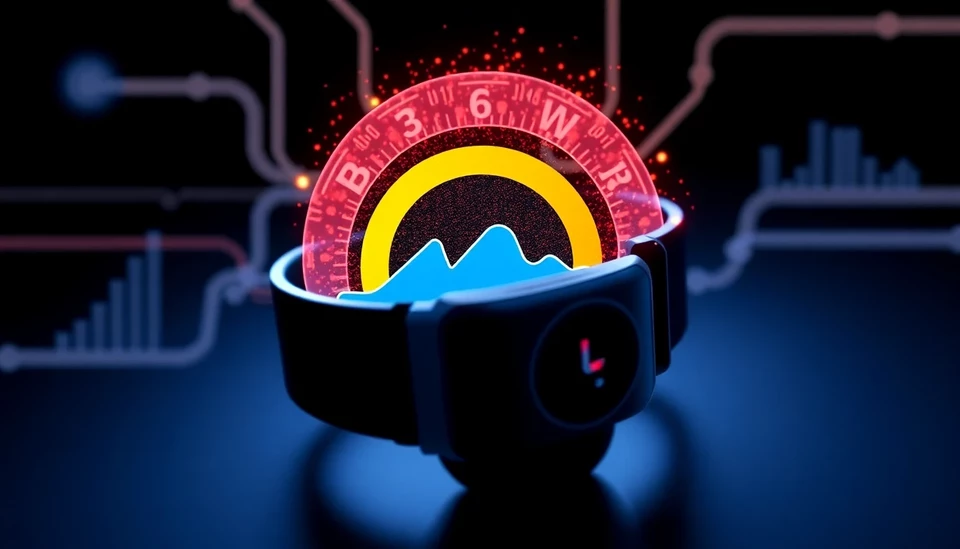
In a groundbreaking shift for the insurance landscape, a number of insurers are now leveraging the power of smartwatches to measure mortality risks among policyholders. This innovative approach aims to provide a more accurate assessment of health and lifestyle factors that contribute to life expectancy, ultimately leading to more tailored health coverage and financial products.
Insurance companies are increasingly aware of the significance of health data in the underwriting process. By utilizing the advanced sensors found in smartwatches, which can monitor heart rate, sleep patterns, physical activity, and other vital statistics, insurers can gain insights that were previously difficult or impossible to obtain. This shift not only helps in predicting long-term health outcomes but also allows for a more personalized and data-driven approach to insurance policies.
Companies like John Hancock have been pioneers in incorporating wearable technology into their health and life insurance products. Their innovative strategy includes programs that encourage policyholders to maintain a healthy lifestyle through fitness goals tracked via smartwatches. For instance, users who meet their fitness targets can unlock various benefits, including discounts on premiums and rewards programs.
The integration of wearable technology into the underwriting process brings exciting possibilities but also raises questions about privacy and data security. Insurers must navigate the fine line between utilizing health data for offering competitive rates and respecting the privacy of their clients. The amount and types of data collected have sparked discussions about regulations, consent, and the ethical implications of monitoring individuals' health metrics.
Moreover, as smartwatches become more advanced, the scope of measurable metrics will continue to expand. Future models may include features that can detect early signs of chronic illnesses, potentially providing insurers with a competitive edge in their risk assessments. As these technologies evolve, the need for robust data management strategies becomes imperative, ensuring that the data collected is used responsibly and transparently.
The implications of this trend extend beyond individual policyholders. Insurance companies that effectively harness this data can improve their overall risk models, potentially lowering costs while providing better service. Additionally, the move toward insurance products that incentivize healthy behavior reflects a broader industry shift towards preventative care, ultimately benefiting both insurers and clients through improved health outcomes.
In summary, the use of smartwatches to measure mortality risks signifies a transformative era in the insurance industry. As companies incorporate these wearables into their underwriting processes, the focus shifts toward a more personalized approach, blending technology with traditional risk assessment methodologies. If managed correctly, this trend could ultimately lead to a healthier population and a reimagined insurance industry.
As we stand on the cusp of this technological revolution, it's essential for all stakeholders—including consumers, insurers, and regulators—to consider the implications of these advancements. The path forward necessitates careful consideration of privacy concerns, ethical standards, and the overall impact on society.
#Smartwatches #Insurance #HealthTech #WearableTechnology #DataPrivacy #LifeInsurance #RiskManagement
Author: Samuel Brooks




